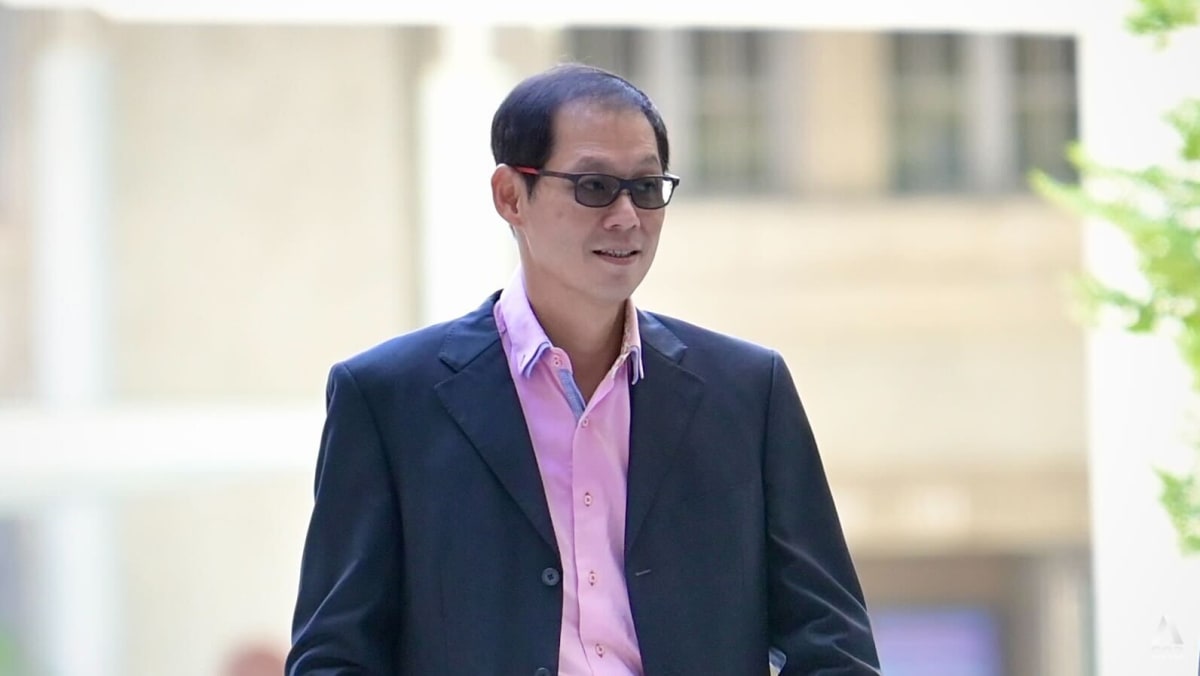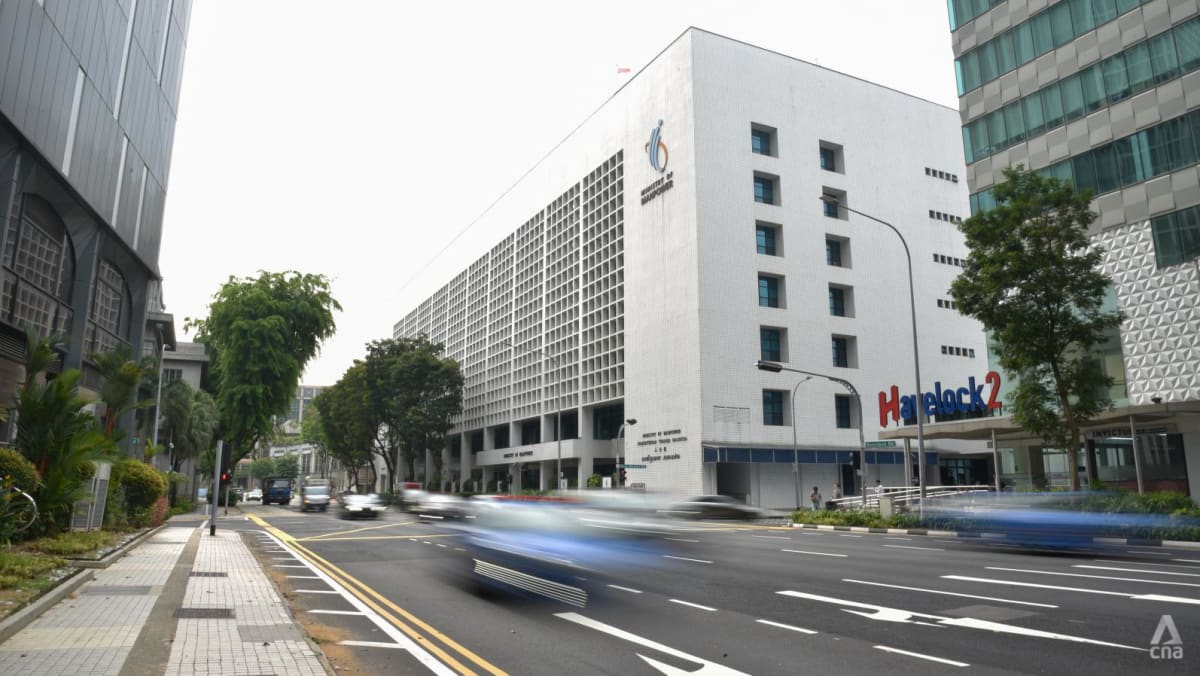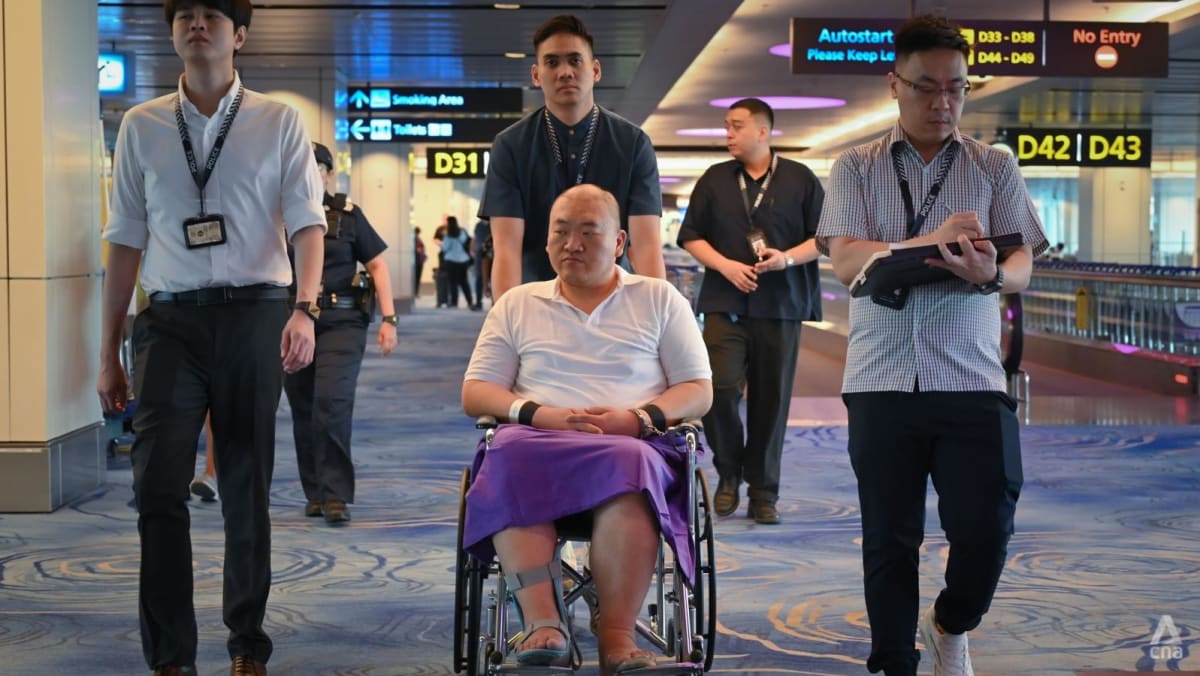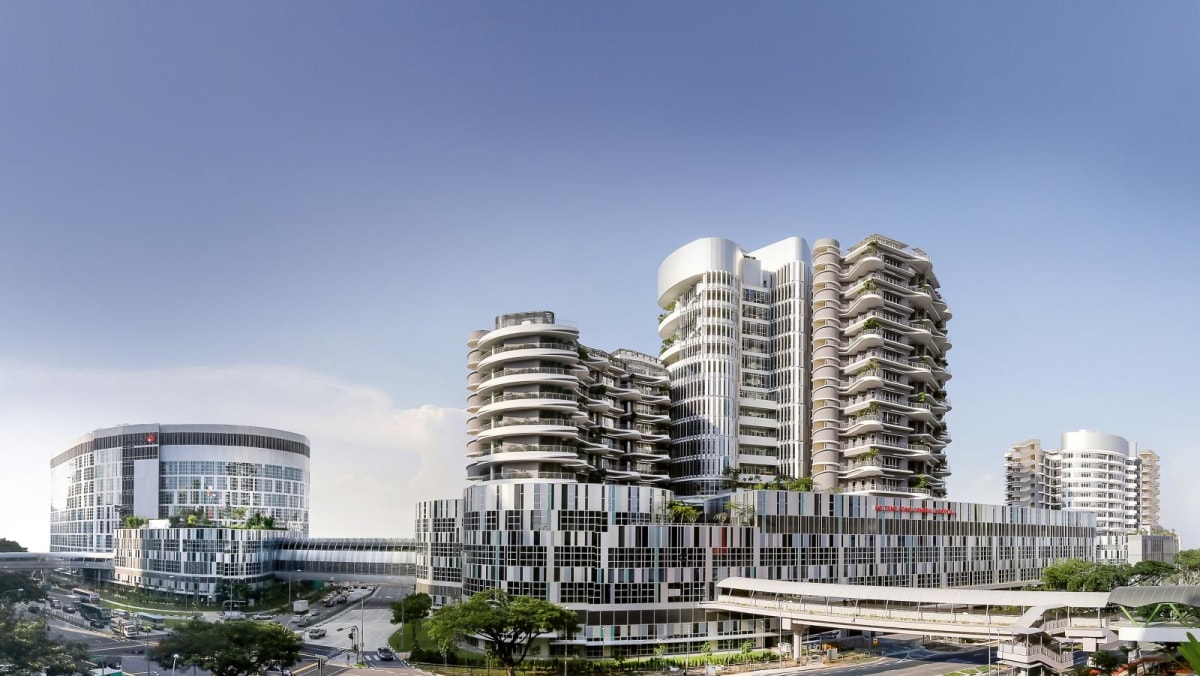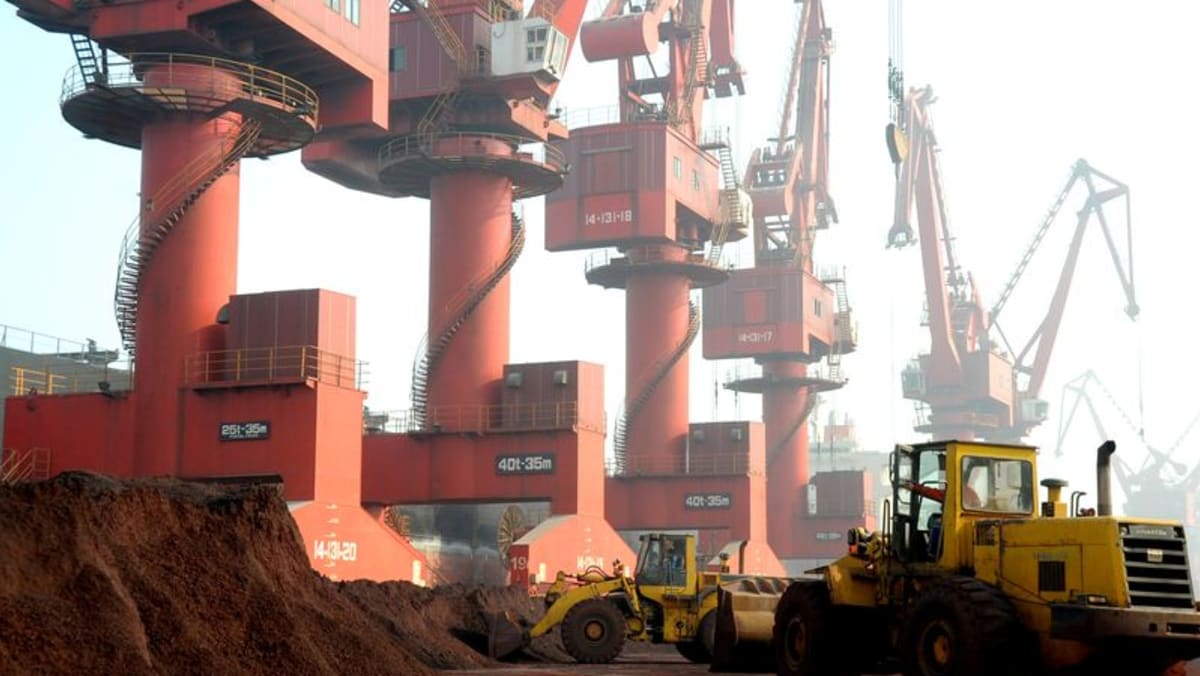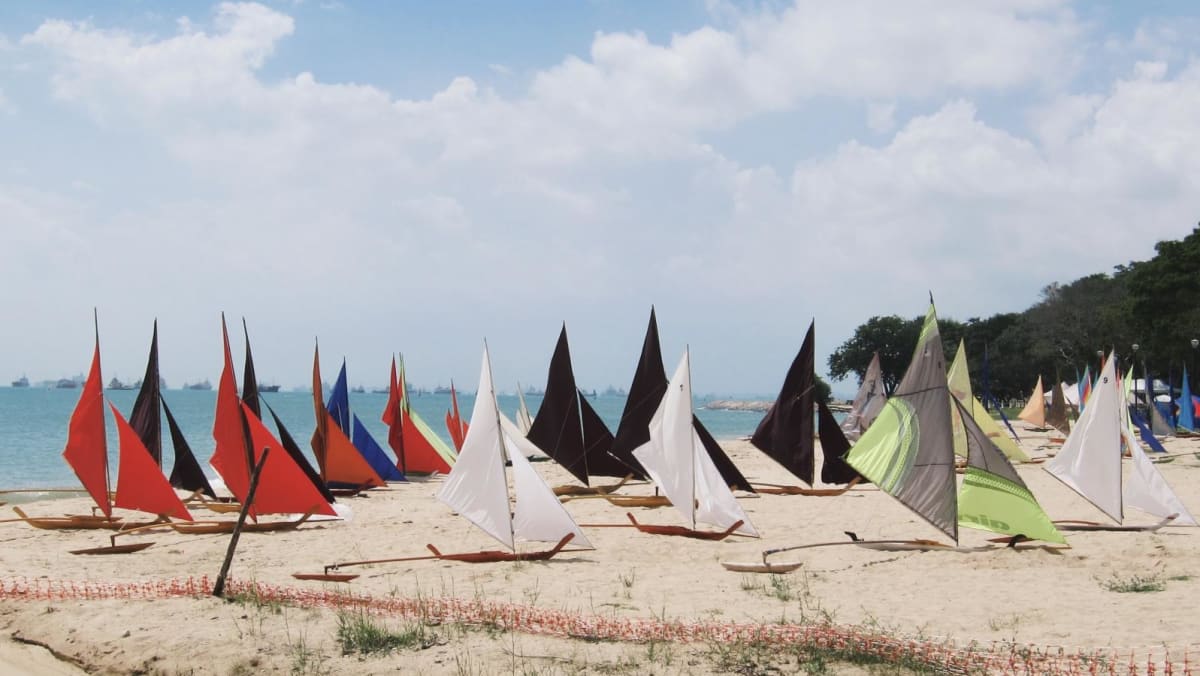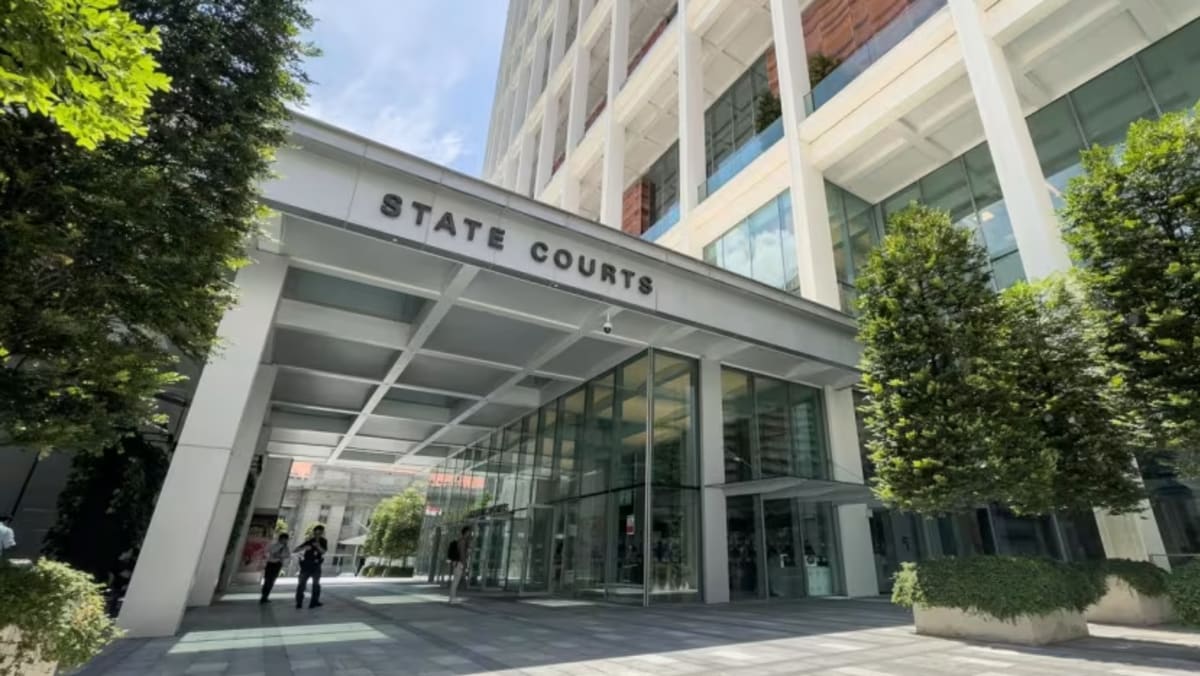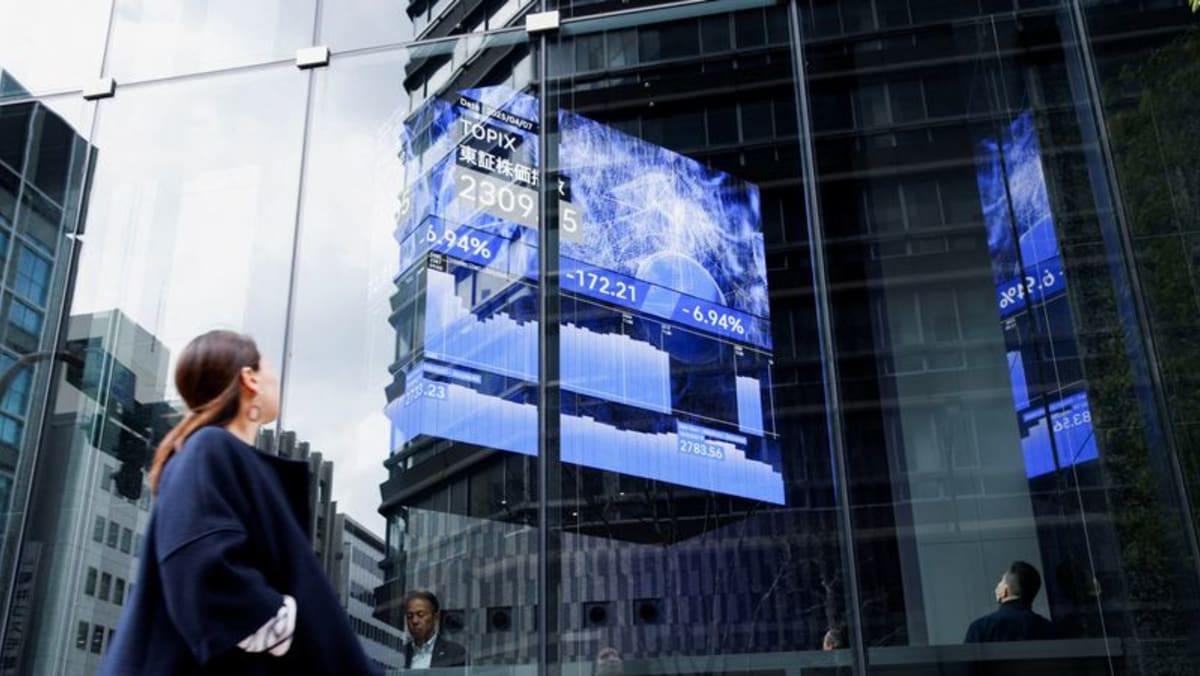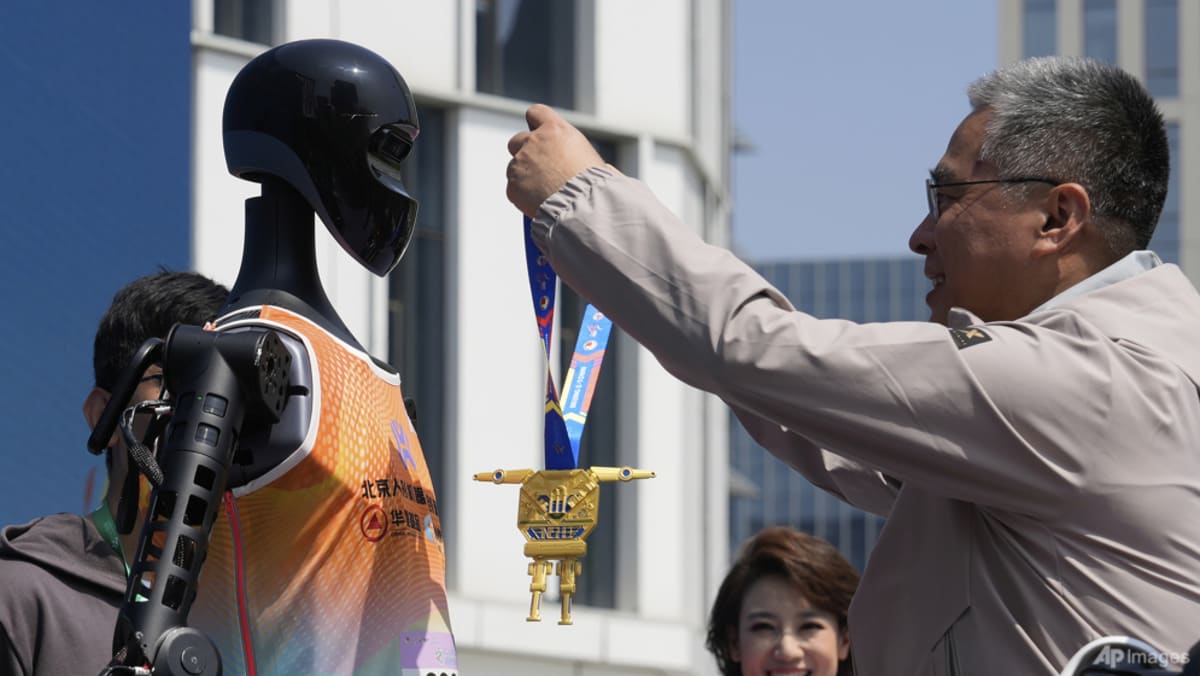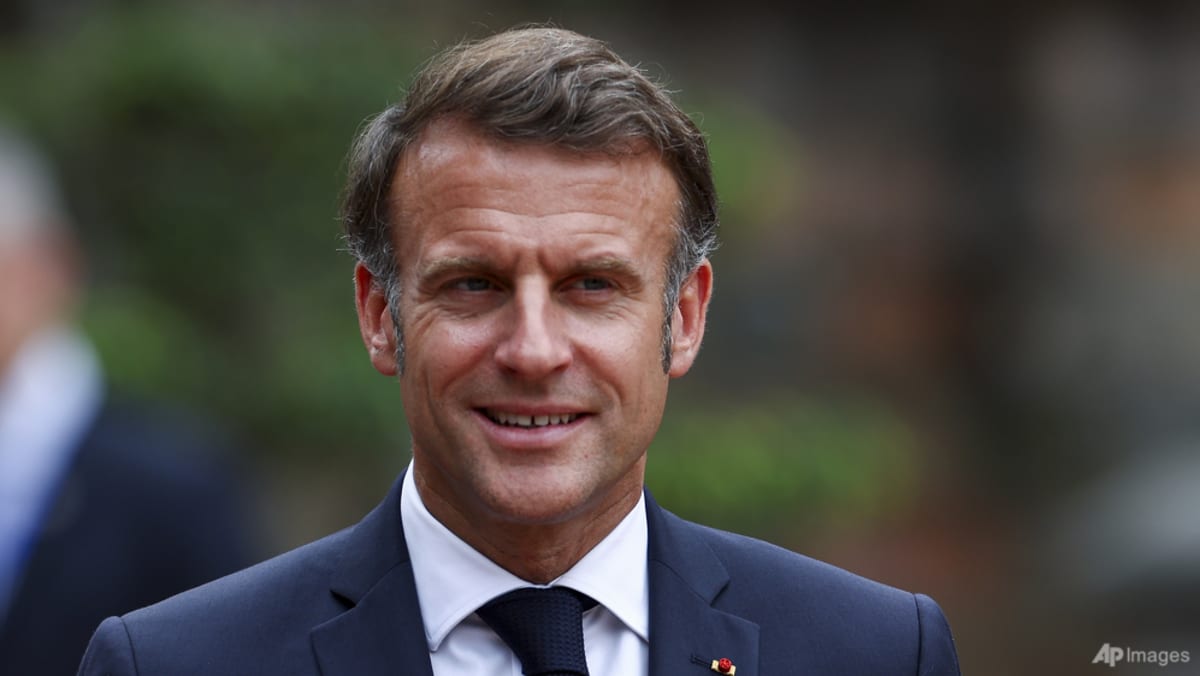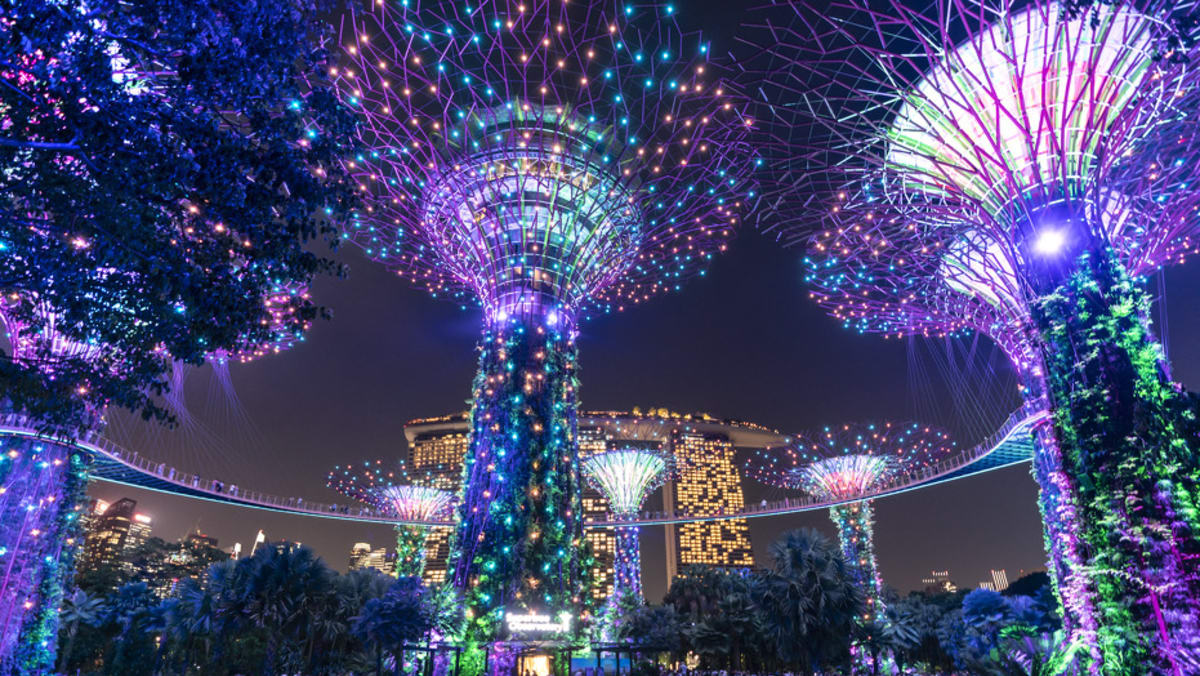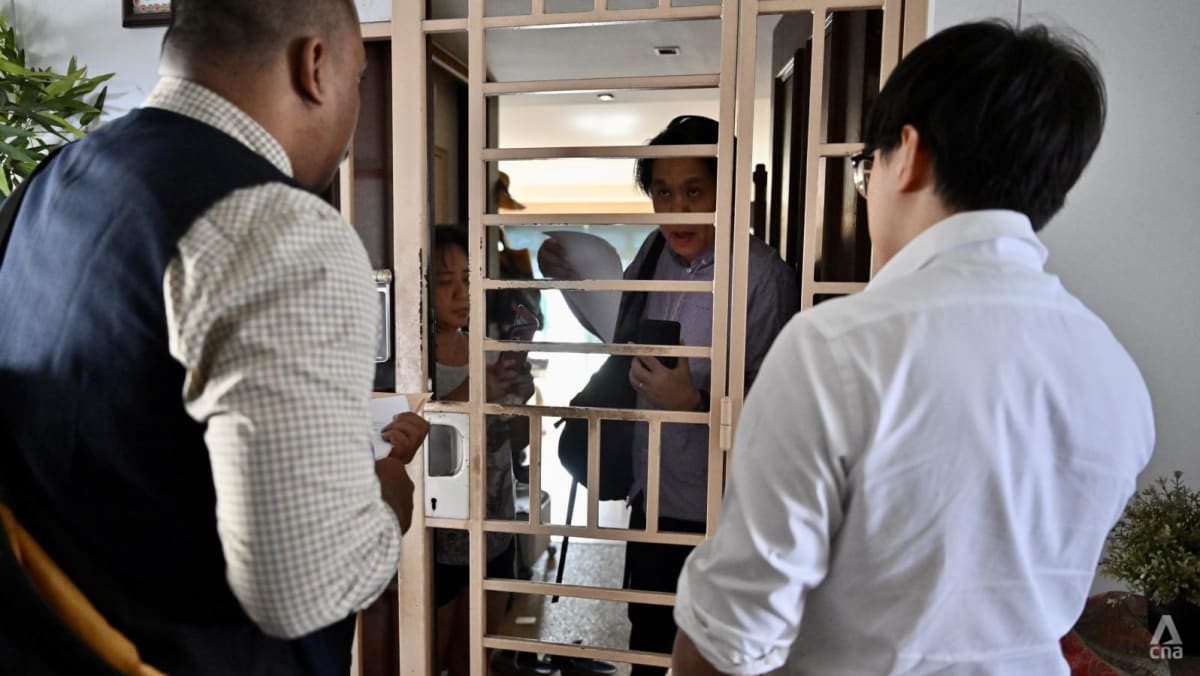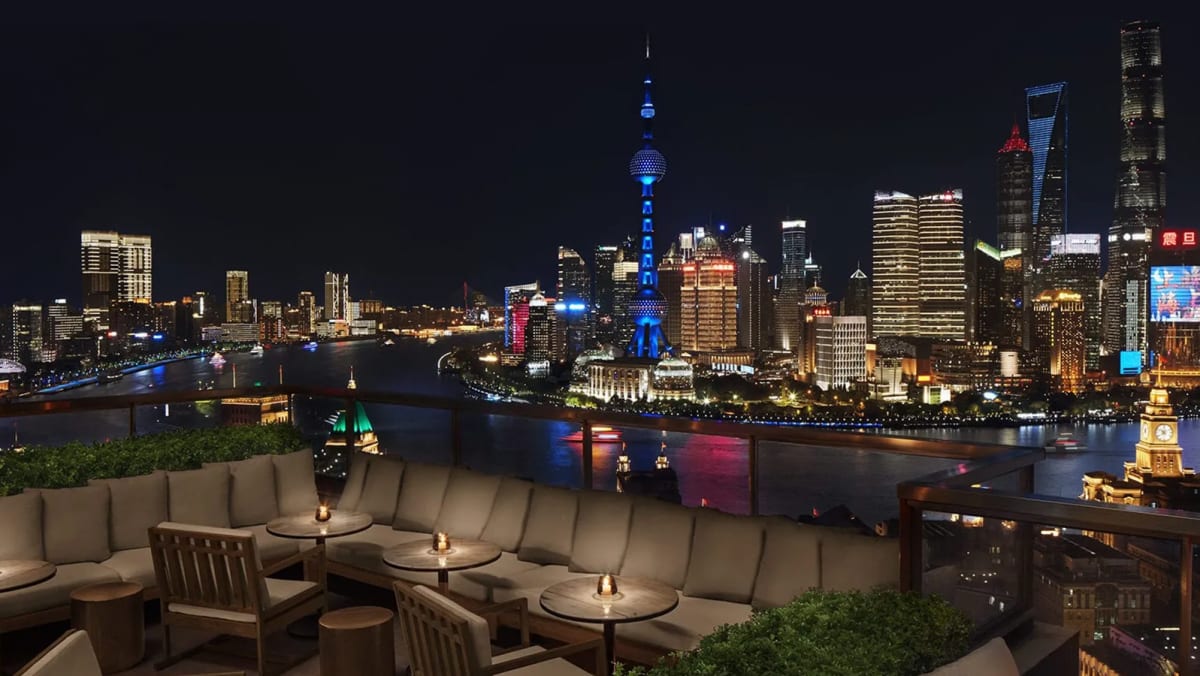HONG KONG: Hong Kong’s largest sports infrastructure, which officially opened last Saturday (Mar 1), has been touted by the government as a game changer for its sports and culture industries.
The Kai Tak Sports Park cost a whooping HK$30 billion (US$3.9 billion) and took six years to build.
It sits on a 28-hectare site that used to be home to the runway of Kai Tak Airport.
HOSTING INTERNATIONAL EVENTS
After the airport outgrew its capacity, authorities shut it down 27 years ago to redevelop the east Kowloon site.
Various feasibility and financing studies and government deliberations took years before the mega project finally broke ground in 2019.
It will replace the Hong Kong Stadium, which for years allegedly failed to attract top performers and sports teams due to its ageing facilities.
The complex houses various facilities such as a 50,000-seat stadium equipped with a retractable roof, an arena with 10,000 seats, and a 700,000 sq ft shopping mall with more than 200 retail and dining outlets.
This will significantly boost the capability for Hong Kong to host various international events and concerts. It is expected to host the Hong Kong Sevens rugby tournament this month, and concerts by British rock band Coldplay in April.
To ensure smooth operations, authorities have conducted about 20 large-scale stress tests to enhance its emergency and evacuation readiness.
These drills appeared to ease early concerns about the park's accessibility and logistics.
Under a government agreement, the sports park operator must fulfil certain requirements or risk facing penalties.
These include ensuring the main stadium hosts at least 40 days of sports activities annually for the first five years, and that the venues within the park must attract 600,000 participants every year for that same period.
Hong Kong’s Chief Executive John Lee hailed the Kai Tak Sports Park as a “world-class landmark” in the city when he opened the mega infrastructure last weekend.
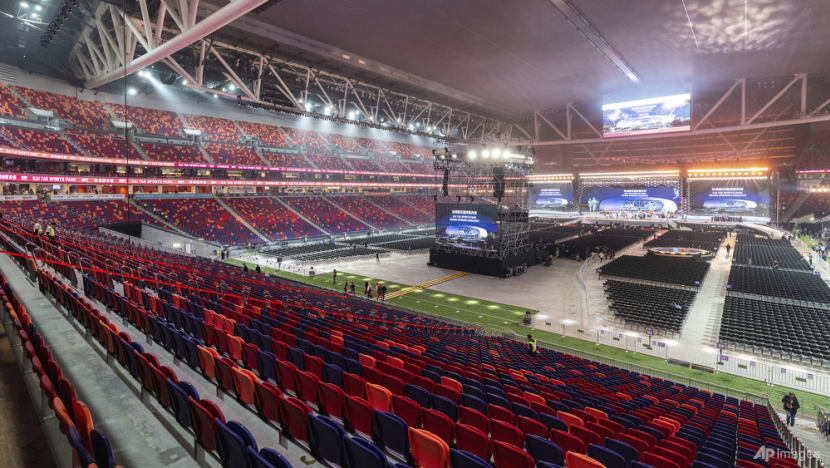 General view of the Kai Tak Stadium following the opening ceremony in Hong Kong, Saturday, March 1, 2025. (AP Photo/Chan Long Hei)
General view of the Kai Tak Stadium following the opening ceremony in Hong Kong, Saturday, March 1, 2025. (AP Photo/Chan Long Hei)
REVITALISING SLEEPY NEIGHBOURHOOD
While much hope is riding on the mega infrastructure to draw in the crowds, observers said only time will tell if the billions dedicated to the sports park will be well spent.
They believe the Kai Tak Sports Park can also help to revitalise an otherwise old and sleepy neighbourhood.
“Kai Tak will see an increase in vibrancy. You will see more and more visitors paying visits to Kai Tak, not just the tourists, but also the local community as well,” said Marcos Chan, executive director and head of research at real estate consultancy CBRE Hong Kong.
“As footfall increases, you will probably see more retailers or other commercial operators.”
Andrew Kinloch, managing director of infrastructure finance advisory Logie Group, said: “The idea of bands who tour around the region… if they were going to two or three locations anyway, it'd be fairly easy for them to add Hong Kong as another location.”
He also had another idea which has not quite taken off in Hong Kong.
“As far as I know, there's not a lot of ice-skating shows," he added. "For example, we have several ice rinks, but do they come with audience facilities? Is it even feasible to put ice into the indoor arena? The point is, we need to think as laterally as possible.”
However, there are mixed reactions in Kai Tak.
For Eric Nun, who has been operating a luggage shop in the neighbourhood for 45 years, he has his reservations.
“I think this area is too old, and the business industry is too limited,” said the owner of Ngan's Brother Leather Co.
“So you can't attract people here. If you can’t attract even the locals, how can you attract foreigners? There’s nothing here but food.”
Meanwhile, Nakawiwat Somchai, owner of Peelong Thai Traditional restaurant, which operates in the same neighbourhood, is optimistic about the opportunities.
He expects business to improve by 40 per cent once the sporting hub is fully operational.
“(After you come watch football matches or attend concerts), there are so many different kinds of food that you can eat here,” he added.


